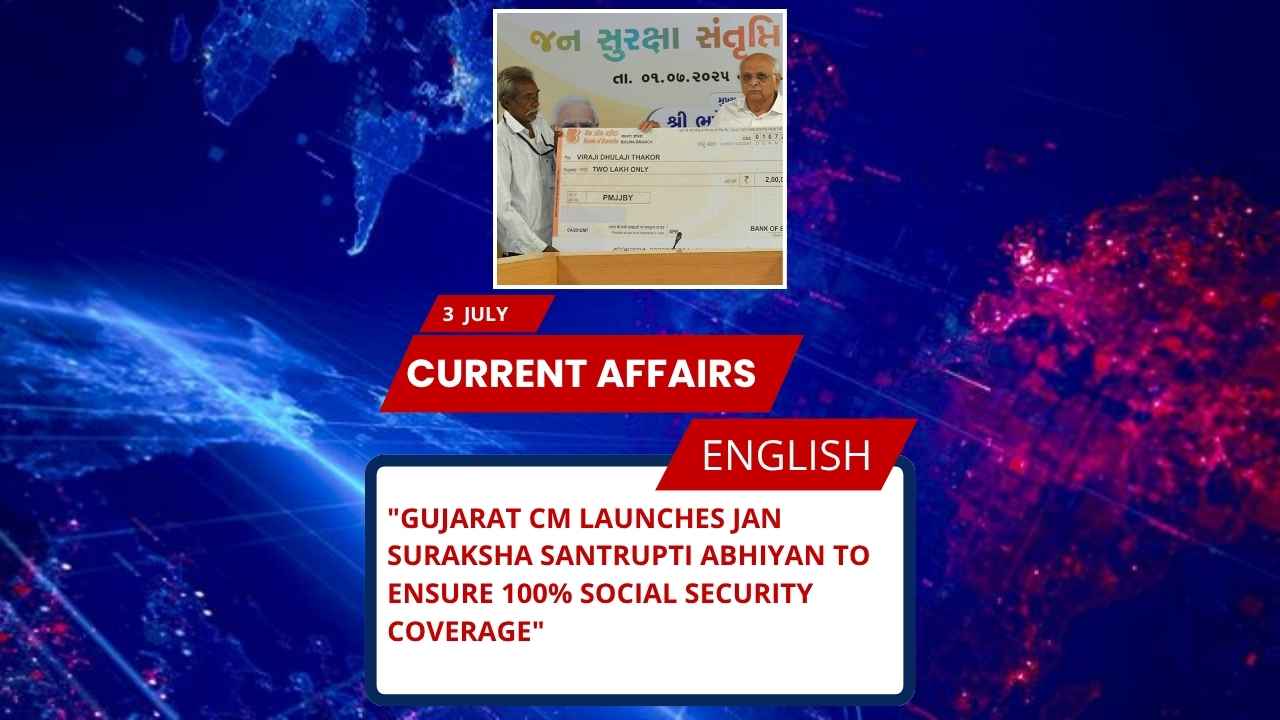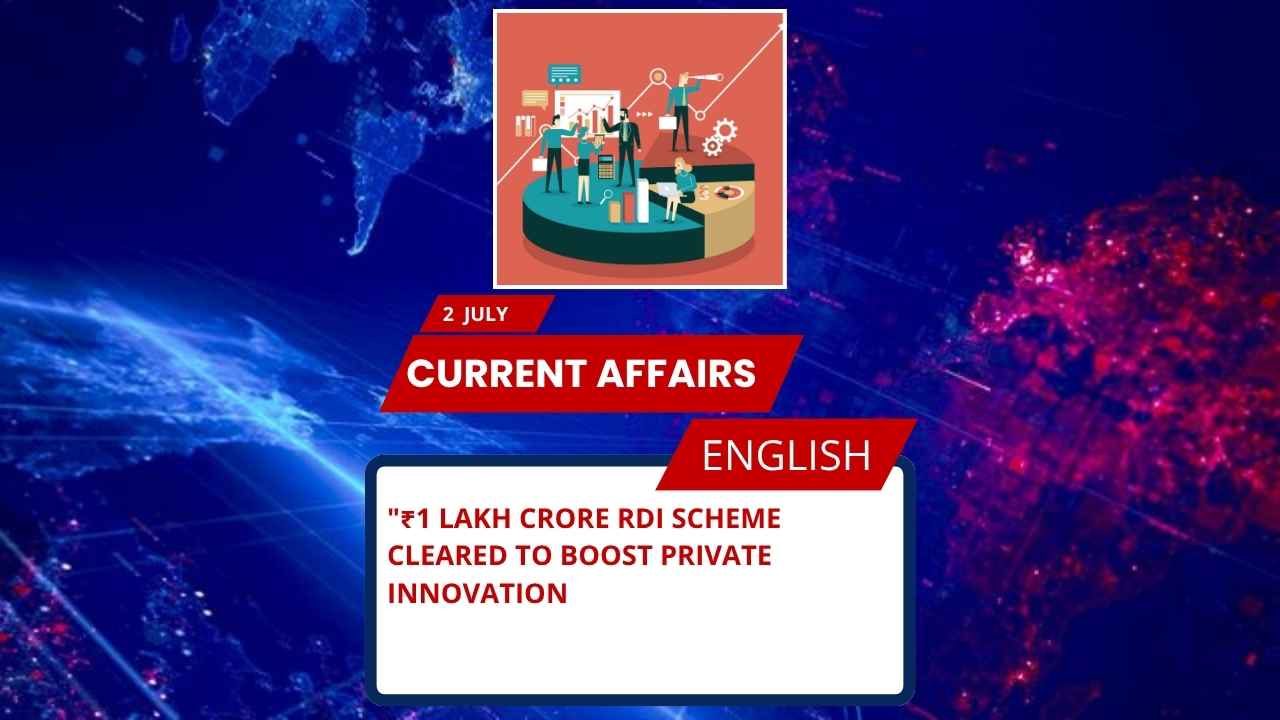
Key Points for SSC, UPSC, and Other Government Exams
- Scheme Name: KUSUM-C (Kisan Urja Suraksha evam Utthaan Mahabhiyan – Component C)
- Launched by: Chief Minister Siddaramaiah (Karnataka)
- Launch Year: 2025
- Target: Provide 7 hours daytime electricity for agriculture via solar power
- Solarisation: 389 substations, 2,396 MW capacity
- Beneficiaries: 1,555 agricultural feeders, 6.32 lakh pump sets
- Subsidy: ₹19,000 crore for pump sets; 80% subsidy on solar (50% state + 30% central)
- Electricity goal: 60,000 MW capacity by 2030
- Smart meters: Prepaid meters in govt offices under RDSS, ₹900 subsidy per meter
- Environmental goal: Promote decentralised solar power, reduce fossil fuel use
Detailed Overview of KUSUM-C Scheme
Introduction
The KUSUM-C Scheme, inaugurated by Karnataka’s Chief Minister Siddaramaiah, represents a major initiative to modernize agricultural power supply. The focus is on ensuring reliable, affordable, and clean daytime electricity for farmers, primarily through solar power.
Objectives
The primary goal is to provide 7 hours of daytime power to farmers using solar energy generated at local substations. This will reduce dependence on traditional sources, minimise transmission losses, and enhance productivity.
Solarisation Details
- 389 substations to be solarised across Karnataka.
- Total capacity: 2,396 MW.
- Power to be supplied to 1,555 agricultural feeders, covering 6.32 lakh pump sets.
Subsidy Structure
The government is investing:
- ₹19,000 crore subsidy for agricultural pump sets.
- 80% subsidy on solar plants on farms (50% from the state + 30% from the central government).
Power Generation Plan
- Current capacity: 35,000 MW
- Additional 4,000 MW generated since current govt took charge.
- Target: 60,000 MW by 2030.
Smart Metering & Energy Management
- Prepaid smart meters to be installed in government offices.
- Central subsidy: 60% for energy infra; ₹900 per smart meter.
Environmental and Economic Impact
- Decentralised solar reduces fossil fuel dependence.
- Local generation ensures power reliability and reduces environmental damage.
- Solar projects expanding in areas like Pavagada, with plans for more land use.
Community & Farmer Response
- Farmers appreciate free power under schemes like Gruha Jyoti (1.64 lakh families benefited).
- The KUSUM-C scheme is seen as a big step toward rural electrification.
About Karnataka (for Exams)
- Capital: Bengaluru
- Chief Minister: Siddaramaiah
- Governor: Thaawarchand Gehlot
- Major rivers: Krishna, Kaveri, Tungabhadra
- Important National Parks: Bandipur NP, Nagarhole NP, Bannerghatta NP, Kudremukh NP
- Major Solar Park: Pavagada Solar Park
Exam-Style MCQs on KUSUM-C Scheme
1. The KUSUM-C scheme aims to provide how many hours of daytime electricity to farmers?
A) 5 hours
B) 7 hours
C) 10 hours
D) 12 hours
Answer: B) 7 hours
2. What is the combined capacity (in MW) targeted under the solarisation of Karnataka’s agricultural substations?
A) 1,000 MW
B) 2,396 MW
C) 5,000 MW
D) 10,000 MW
Answer: B) 2,396 MW
3. What is the total subsidy amount allocated by Karnataka for agricultural pump sets under KUSUM-C?
A) ₹10,000 crore
B) ₹15,000 crore
C) ₹19,000 crore
D) ₹25,000 crore
Answer: C) ₹19,000 crore
4. What is the electricity generation capacity target of Karnataka by 2030?
A) 50,000 MW
B) 60,000 MW
C) 70,000 MW
D) 80,000 MW
Answer: B) 60,000 MW
UPSC-Style FAQs on KUSUM-C Scheme
Q1. Discuss the significance of the KUSUM-C scheme in the context of sustainable agriculture in Karnataka.
Answer:
The KUSUM-C scheme holds considerable significance for promoting sustainable agriculture in Karnataka. By enabling the solarisation of 389 agricultural substations, it ensures reliable 7-hour daytime electricity to farmers, directly impacting productivity. The decentralised solar model reduces transmission losses and dependency on fossil fuels, aligning with national goals of clean energy transition. The scheme’s 80% subsidy for solar installations makes renewable energy adoption economically viable for farmers. This initiative is integral to Karnataka’s broader target of achieving 60,000 MW capacity by 2030 and meeting the growing demands of its agricultural sector sustainably.
Q2. Evaluate the potential environmental benefits of decentralised solar power generation under the KUSUM-C scheme.
Answer:
Decentralised solar power generation under the KUSUM-C scheme offers notable environmental benefits. By generating power locally at substations, it curbs transmission losses and reduces the carbon footprint associated with long-distance power supply. It decreases reliance on coal and other fossil fuels, thus aiding in lowering greenhouse gas emissions. Additionally, solar power projects like those in Pavagada utilize arid lands effectively without major ecological disruption. The initiative aligns with India’s climate commitments and supports sustainable development goals, especially in rural contexts where conventional grid expansion poses challenges.
Q3. How does the subsidy structure of KUSUM-C make solar adoption feasible for farmers?
Answer:
The KUSUM-C subsidy structure is designed to significantly lower the financial burden of solar adoption on farmers. It provides an 80% subsidy for on-farm solar power systems—comprising a 50% contribution from the Karnataka state government and a 30% share from the central government. This substantial support reduces upfront investment requirements and enhances the affordability of solar installations. Furthermore, the ₹19,000 crore allocated for subsidising agricultural pump sets ensures that farmers can access modern, energy-efficient equipment at low costs. These measures together make the transition to solar energy not only feasible but attractive for the farming community.







